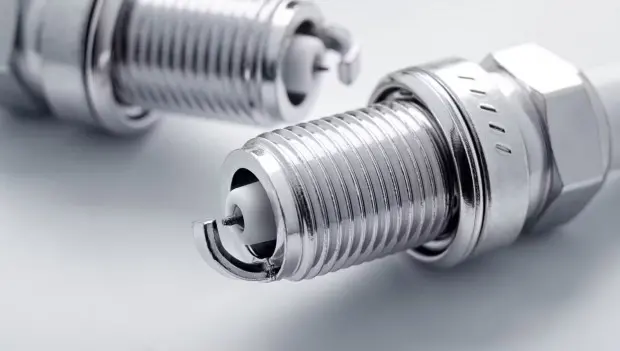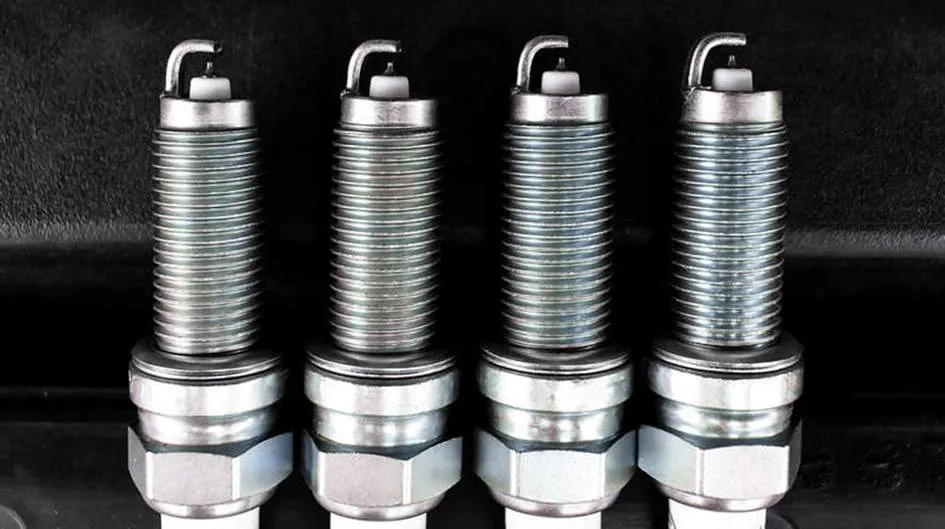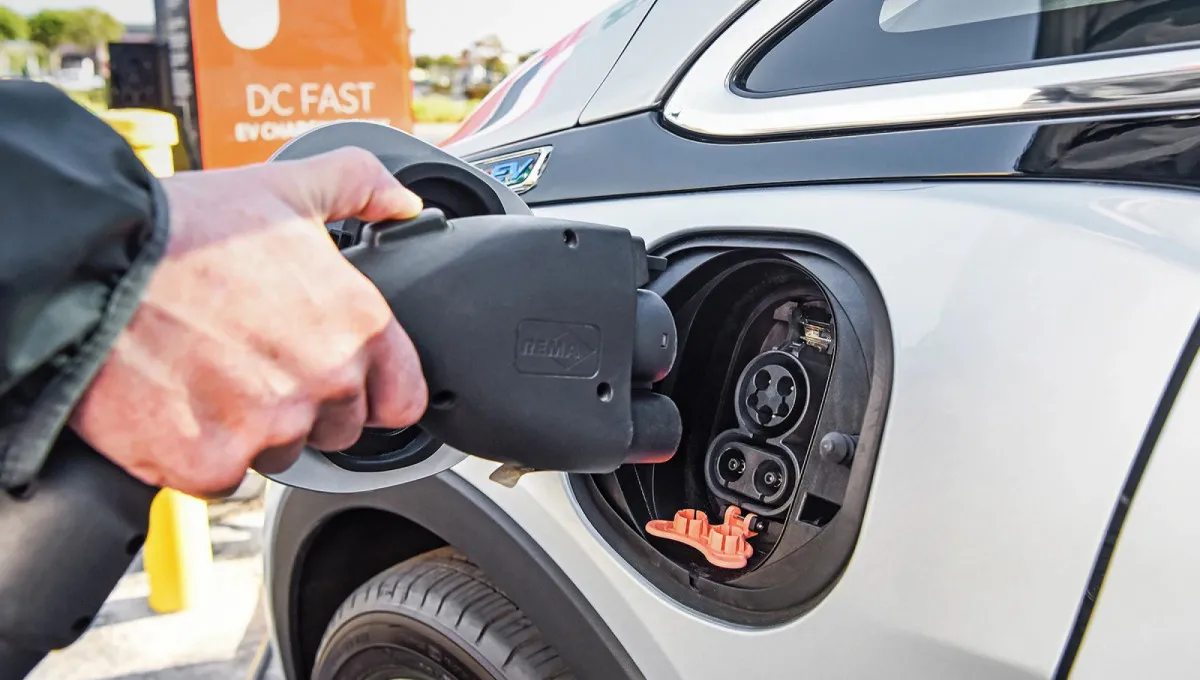Iridium vs. Platinum Spark Plugs: What Sets Them Apart in Today’s Cars
Iridium or platinum? The choice isn’t as obvious as it seems — and a few unexpected details can help you pick the right plugs for your engine.

Choosing between iridium and platinum spark plugs isn’t as straightforward as grabbing whatever’s on the shelf. The material they’re made of affects longevity, price, and the way your engine behaves. There are a few surprising points worth knowing before you swap anything out.
Spark plugs may be small, but they’re critical to every combustion engine. They ignite the air-fuel mixture in each cylinder, making them essential for both starting the car and keeping it running smoothly. What many drivers don’t realize is just how much the electrode material changes the plug’s performance.
These days, most aftermarket options fall into two categories: iridium and platinum. Both offer improvements over older copper plugs, but the differences between them are significant enough to influence your choice.
Platinum melts at roughly 3,218°F, which already makes it a strong, durable option. Iridium goes even further — its melting point climbs to about 4,370°F. That extra durability allows manufacturers to use a much finer electrode on iridium plugs, producing a cleaner, more consistent spark. Better ignition means more efficient combustion and can contribute to slightly better fuel economy.

Platinum plugs sit comfortably in the middle. They’re more affordable than iridium and work perfectly well for everyday driving without demanding frequent replacements.
Iridium plugs are typically the pick for drivers who want precision and reliability. They hold up under high RPMs and heavy loads, and their service life can stretch past 50,000 miles — often well beyond that. They’re especially suited for newer engines with coil-on-plug systems or turbocharging, where consistent spark quality matters more.
Platinum plugs, on the other hand, are far from a bad choice. They can last up to 60,000 miles or more, and their pricing makes them appealing for mainstream vehicles. For calm, predictable driving in normal conditions, platinum strikes a sensible balance between cost and durability.
One note of caution: if your car came from the factory with iridium plugs, swapping them for platinum or standard plugs isn’t advisable. It can affect engine performance. Upgrading from platinum to iridium, however, is perfectly fine — just don’t expect a dramatic change. The gain will mostly be in lifespan and resistance to fouling.
In the end, your decision comes down to the engine you have and how you drive. For modern, high-output engines, iridium is usually worth the investment. For everyday commuting and simpler powertrains, platinum is still a dependable choice.
You may also be interested in the news:

How to Reset a Tire Pressure Warning Yourself: A Few Simple Methods
Helpful tips for drivers — several easy ways to reset a tire-pressure sensor warning.

How to Remove Scratches From Your Car’s Paint? Here’s the Fix — You Can Do It Yourself!
Over time, noticeable scratches inevitably start showing up on any car’s body. Here’s one way to remove them yourself.

What Your Zodiac Sign Says About Your Driving Style: Many Americans Will Be Surprised
Is your driving destiny written in the stars? Let's find out.

Top 5 Mistakes That Can Ruin Your EV Battery
An electric car’s battery isn’t just a big power pack — it’s a complex system that needs to be treated almost like something alive.

Have you ever wondered why a cat sleeps on your car — is it a sign or just keeping warm?
There’s Always a Cat on a Car – But Why?